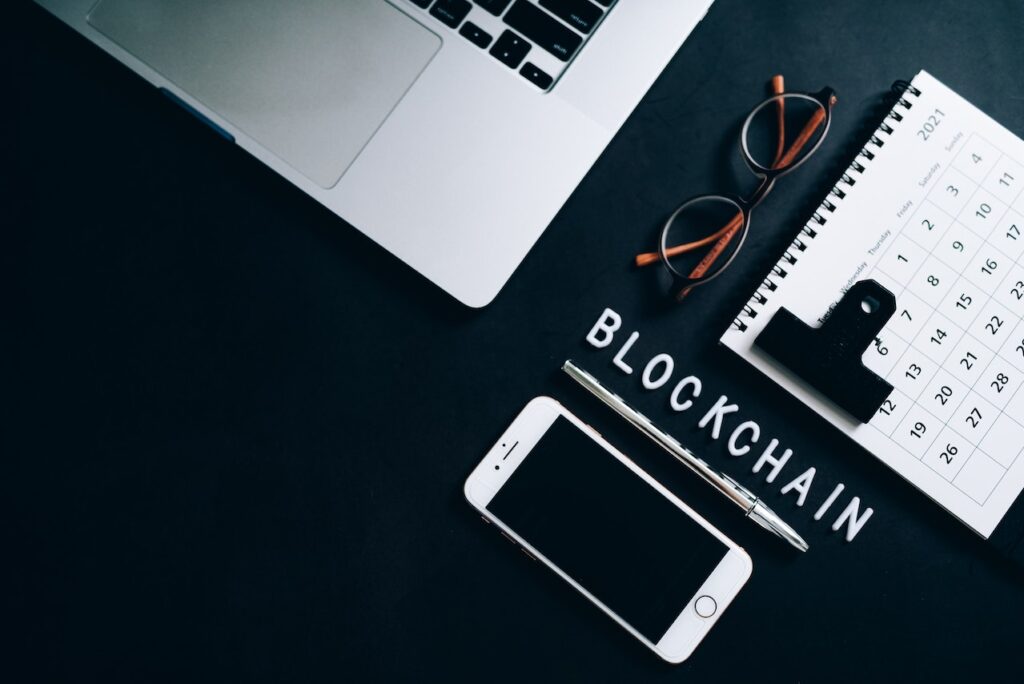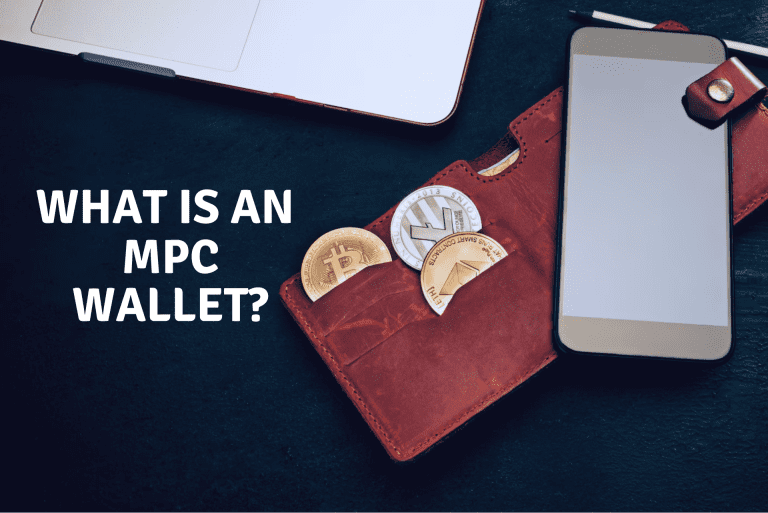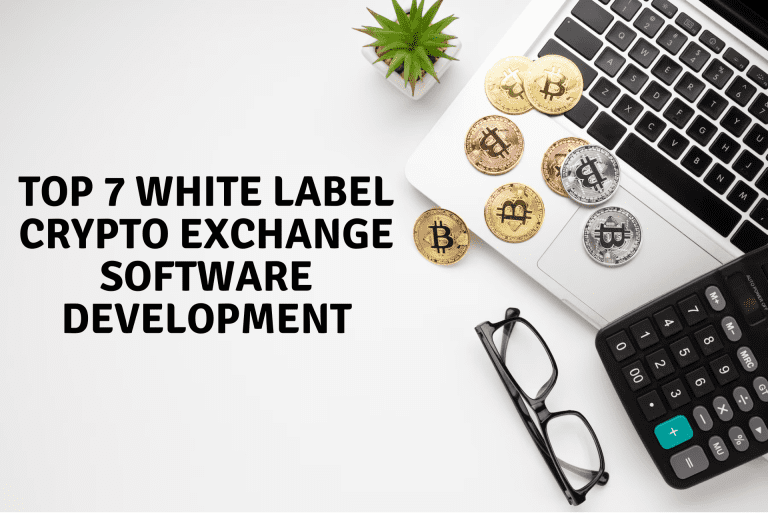what is a contract address? How contract addresses are created
What is a contract address? A contract address is a unique identifier on a blockchain network that is associated with a smart contract. Smart contracts are self-executing digital agreements with the terms of the agreement directly written into lines of code. A contract address serves as a reference point for interacting with a smart contract on the blockchain, allowing users to execute the contract’s functions, track its performance, and view its data. In simple terms, A contract address is an address that you can send transactions to in order to interact with smart contracts in a blockchain network, most commonly Ethereum.
How contract addresses are used in blockchain technology
Contract addresses are primarily used in blockchain technology to interact with smart contracts. A smart contract is a self-executing digital agreement that is written into lines of code and stored on a blockchain network. These contracts have a set of predefined rules and conditions, which when met, can trigger the execution of the contract’s code automatically.
In smart contract platforms like Ethereum, a contract address is generated when a smart contract is deployed to the network. This address is used as a reference point for interacting with the smart contract. Users can interact with the contract by sending transactions to its address, which will then trigger the execution of the contract’s code. For example, a smart contract that represents a decentralized exchange can have a contract address, when the user wants to trade one cryptocurrency with another, they can use the contract address to interact with the smart contract.
In decentralized finance (DeFi) applications, contract addresses are used to interact with various protocols and decentralized applications (dApps) that facilitate various financial services such as lending, borrowing, trading, and more. For example, a user can interact with a lending protocol’s smart contract by sending transactions to its contract address, which will allow the user to borrow or lend cryptocurrency.
In short, contract addresses serve as a unique identifier for a smart contract on a blockchain network, allowing users to interact with the contract, execute its functions, and view its data.

How contract addresses are created
Contract addresses are created when a smart contract is deployed to a blockchain network. The process of creating a contract address varies slightly depending on the blockchain platform, but in general, it involves the following steps:
- Writing the contract code: The first step in creating a contract address is to write the code for the contract. This code defines the rules and conditions of the contract and can be written in various programming languages such as Solidity (for Ethereum), Javascript (for EOS), or Go (for TRON).
- Compiling the contract code: Once the code is written, it needs to be compiled into a format that the blockchain network can understand. The compiler converts the code into bytecode, which is the machine-readable code that runs on the blockchain.
- Deploying the contract to the blockchain: After the contract code is compiled, it is then deployed to the blockchain network. This process typically involves sending a special type of transaction, known as a deployment transaction, to the network. The transaction includes the compiled contract code and any additional data needed for deployment.
- Generating the contract address: Once the contract is deployed to the blockchain, the network generates a unique address for the contract. This address is often represented as a long string of letters and numbers, and it serves as a reference point for interacting with the contract on the blockchain.
It is important to note that contract addresses and regular addresses that hold a cryptocurrency are different. A regular address ( also known as an external address) is a destination on the blockchain network where cryptocurrency is sent and received, a contract address on the other hand is an address that can be used to interact with smart contracts in the blockchain network.
In summary, the process of creating a contract address involves writing the contract code, compiling it, deploying it to the blockchain network, and then generating a unique address for the contract on the blockchain.
Importance of contract addresses in blockchain security
Contract addresses play an important role in securing smart contracts and decentralized finance (DeFi) applications on the blockchain. They provide a way to verify the authenticity of a contract and ensure that interactions with the contract are legitimate.
One of the main security advantages of contract addresses is that they are unique and can only be used to interact with the specific contract for which they were created. This means that a user can be sure that any interactions with a contract are with the intended contract and not with a malicious copy or replica.
Additionally, contract addresses can be used as a form of authentication, to ensure that only authorized parties can interact with a contract. This can be achieved by requiring that certain actions, such as the execution of a function or the transfer of funds, be signed with the contract address’s private key.
They also provide a mechanism to perform smart contract’s code verification, by comparing the bytecode of the smart contract that has been deployed on the blockchain and the bytecode of the contract that is being interacted with, to make sure they are the same. This can help to prevent malicious actors from deploying a malicious version of the contract or making changes to the contract’s code after it has been deployed.
Furthermore, contract addresses provide transparency, as all the transactions that have occurred on the contract are recorded on the blockchain network and can be viewed by anyone. This allows for greater oversight and can help detect and prevent malicious activities.
In summary, contract addresses play a crucial role in ensuring the security of smart contracts and DeFi applications on the blockchain. They provide a way to verify the authenticity of a contract, ensure that interactions are legitimate, and provide transparency, which helps to detect and prevent malicious activities.
How to interact with a contract address
Interacting with a contract address on a blockchain network typically involves sending transactions to the address. The specific method of interacting with a contract address can vary depending on the blockchain platform and the type of contract, but here is a general overview of the process:
- Retrieving the contract address: To interact with a contract, you first need to know its address. This information is usually provided by the contract’s creator or can be found on a blockchain explorer.
- Connecting to the blockchain network: To send a transaction to a contract address, you need to be connected to the blockchain network. This can typically be done using a software wallet, a hardware wallet, or a web3 browser extension.
- Preparing the transaction: Once connected to the network, you can prepare a transaction to send to the contract address. This will typically involve specifying the function that you want to execute on the contract, as well as any necessary data or parameters.
- Signing the transaction: Before sending the transaction, it needs to be signed with your private key to prove your ownership and authorize the interaction. This can be done using a software wallet, a hardware wallet, or a web3 browser extension.
- Sending the transaction: After the transaction is signed, it can be sent to the contract address on the blockchain network. The contract’s code will then be executed and the transaction will be included in the next block.
- Checking the result: The outcome of the transaction execution can be viewed on the blockchain explorer or by calling the function that returns the desired data.
It’s worth noting that there are also browser extensions, web-based wallets, and other third-party tools that can help you interact with contract addresses in a more user-friendly way. Some of these tools also provide a user interface that allows you to call the contract’s functions without having to manually create and sign transactions.
Conclusion
In conclusion to what is a contract address, contract addresses play an important role in blockchain technology by providing a unique identifier for smart contracts on the blockchain network. They allow users to interact with smart contracts, execute their functions, and view their data.
The creation process of a contract address includes writing the contract code, compiling it, deploying it to the blockchain network, and then generating a unique address for the contract on the blockchain. Contract addresses also play a crucial role in ensuring the security of smart contracts and DeFi applications by providing a way to verify the authenticity of a contract, ensuring that interactions are legitimate, and providing transparency, which helps to detect and prevent malicious activities.
Interacting with a contract address involves obtaining its address, connecting to the blockchain network, preparing the transaction, signing it, sending it and checking the result on the blockchain explorer. A variety of tools, browser extensions and third-party software can also help make interacting with contract addresses more user-friendly.







